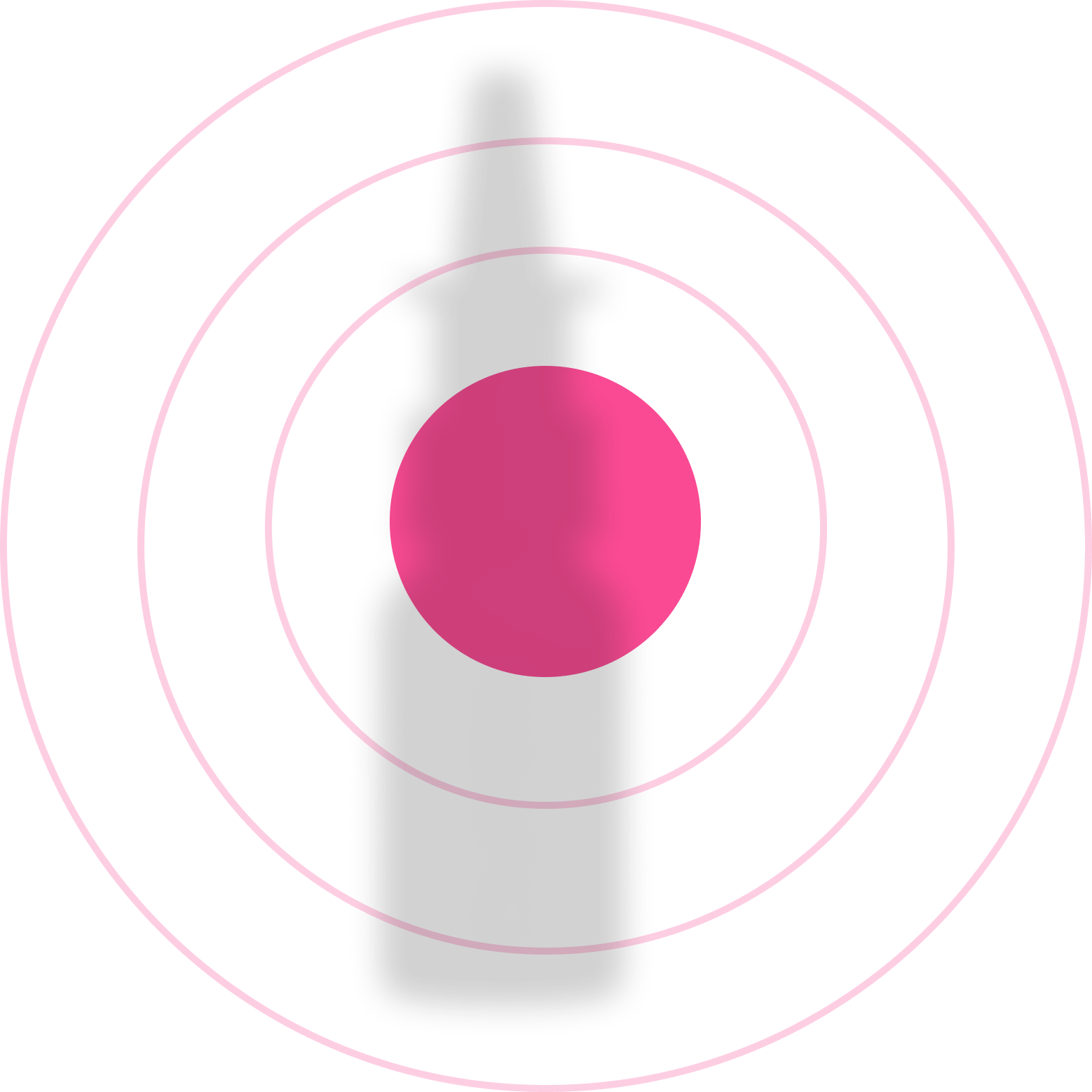
A modern clinic for at-home treatments
(857) 240-1080
Take Quiz
Get started with the most affordable immunotherapy for only $49 $9.99
Discount applied at checkout.


Curex does not treat this allergen










Dr. Chet Tharpe, M.D..
Updated May 3, 2025
An allergic reaction to Osage Orange pollen can trigger inflammation in the nasal passages that lead to a runny or stuffy nose. Affected individuals may find it hard to breathe normally due to congestion.
Also known as allergic conjunctivitis, this symptom is characterized by eyes that are itchy, red, or swollen due to the allergic reaction. The eyes may also produce excess tears, resulting in a constantly watery appearance.
Exposure to Osage Orange pollen can often lead to bouts of sneezing. This is a common symptom of most allergies, as the body reacts to expel the allergen from the nose and throat.
Itching, primarily in the nose, mouth, eyes, throat, skin, or any other area, can occur due to allergic reactions. This is due to the release of histamine, a chemical that your body produces in an allergic reaction.
As the body attempts to expel the allergen, a dry, persistent cough may be a symptom of Osage Orange pollen allergy. This may be accompanied by a sore throat and hoarseness.
Some individuals may experience difficulty breathing or shortness of breath as a symptom of Osage Orange pollen allergy. This can be due to the inflammation of airways or due to a more severe allergic reaction known as anaphylaxis. If shortness of breath or difficulty breathing ever occurs, immediate medical attention should be sought.
Recognize your symptoms?

Recognize Osage Orange Pollen Allergy Symptoms
Identify Exposure to Osage Orange Pollen



.jpg)
Don't wait until next season. Start now and enjoy a life free from allergies!
Am I eligible?




Osage Orange trees usually release their pollen between late spring and early summer, therefore, during this season, limit your outdoor activities, especially during peak pollen times which typically occur in the early morning and late afternoon.
When you must go outside during the pollen season, make sure you are wearing sunglasses and a wide-brimmed hat to protect your eyes and skin from the pollen. It's also recommended to change and wash your clothes after being outdoors to remove any pollen that may have attached itself to the fabric.
To prevent pollen from entering your house, keep windows and doors closed as much as possible. Use air conditioning in your home and car to circulate air and filter pollen. Make sure to regularly maintain and clean your air filters to keep them effective.
If your symptoms are severe or persistent, seeking advice from a healthcare provider or allergist can be beneficial. They can help identify specific allergens, provide appropriate medication or even recommend immunotherapy which can greatly reduce sensitivity to the allergen overtime.
Ready to forget about allergy hassles? Try immunotherapy!

Review your allergy test results with a Curex allergist.

Osage Orange Pollen and Allergies
Monitoring Osage Orange Pollen
Cross-Reactivities of Osage Orange Pollen
Have questions left?
Take our quiz and get a personalized consultation!

Treatment prescribed
by clinician


Clinicaly made allergen extracts are customized for your allergies


Your immune system gets desensitized to allergens, giving you long-term relief.
Get started with the most affordable immunotherapy for only $49 $9.99
Discount applied at checkout.


Discover Osage Orange pollen allergy signs, diagnosis tips, treatments & diet advice to help manage your symptoms effectively.










Dr. Chet Tharpe, M.D..
Updated July 9, 2025
gr.
Carbohydrates
gr.
Sugar
gr.
Fats
gr.
Proteins
Calories
An allergic reaction to Osage Orange pollen can trigger inflammation in the nasal passages that lead to a runny or stuffy nose. Affected individuals may find it hard to breathe normally due to congestion.
Also known as allergic conjunctivitis, this symptom is characterized by eyes that are itchy, red, or swollen due to the allergic reaction. The eyes may also produce excess tears, resulting in a constantly watery appearance.
Exposure to Osage Orange pollen can often lead to bouts of sneezing. This is a common symptom of most allergies, as the body reacts to expel the allergen from the nose and throat.
Itching, primarily in the nose, mouth, eyes, throat, skin, or any other area, can occur due to allergic reactions. This is due to the release of histamine, a chemical that your body produces in an allergic reaction.
As the body attempts to expel the allergen, a dry, persistent cough may be a symptom of Osage Orange pollen allergy. This may be accompanied by a sore throat and hoarseness.
Some individuals may experience difficulty breathing or shortness of breath as a symptom of Osage Orange pollen allergy. This can be due to the inflammation of airways or due to a more severe allergic reaction known as anaphylaxis. If shortness of breath or difficulty breathing ever occurs, immediate medical attention should be sought.
Recognize your symptoms?

Osage Orange pollen production occurs during the plant's blooming period, which is typically in the late spring or early summer. Depending on the local climate, this may vary slightly. It's important to note that Osage Orange trees are dioecious. This means that the male trees produce pollen and the female trees produce fruit, but not pollen.
The Blooming Period
In general, if you suffer from allergies to Osage Orange pollen, you might expect symptoms during these periods.



.jpg)
Don't wait until next season. Start now and enjoy a life free from allergies!
Am I eligible?



Review your allergy test results with a Curex allergist.

Treatment prescribed
by clinician


Clinicaly made allergen extracts are customized for your allergies


Your immune system gets desensitized to allergens, giving you long-term relief.
Get started with the most affordable immunotherapy for only $49 $9.99
Discount applied at checkout.


Discover Osage Orange pollen allergy signs, diagnosis tips, treatments & diet advice to help manage your symptoms effectively.










Dr. Chet Tharpe, M.D..
Updated July 9, 2025

Also known as allergic conjunctivitis, this symptom is characterized by eyes that are itchy, red, or swollen due to the allergic reaction. The eyes may also produce excess tears, resulting in a constantly watery appearance.

Osage Orange pollen production occurs during the plant's blooming period, which is typically in the late spring or early summer. Depending on the local climate, this may vary slightly. It's important to note that Osage Orange trees are dioecious. This means that the male trees produce pollen and the female trees produce fruit, but not pollen.
The Blooming Period
In general, if you suffer from allergies to Osage Orange pollen, you might expect symptoms during these periods.

An allergic reaction to Osage Orange pollen can trigger inflammation in the nasal passages that lead to a runny or stuffy nose. Affected individuals may find it hard to breathe normally due to congestion.



Don't wait until next season. Start now and enjoy a life free from allergies!
Am I eligible?



Review your allergy test results with a Curex allergist.

Treatment prescribed
by clinician


Clinicaly made allergen extracts are customized for your allergies


Your immune system gets desensitized to allergens, giving you long-term relief.

Osage Orange pollen production occurs during the plant's blooming period, which is typically in the late spring or early summer. Depending on the local climate, this may vary slightly. It's important to note that Osage Orange trees are dioecious. This means that the male trees produce pollen and the female trees produce fruit, but not pollen.
The Blooming Period
In general, if you suffer from allergies to Osage Orange pollen, you might expect symptoms during these periods.

It’s a physician-prescribed, custom-compounded formula designed to target all your nasal symptoms at once — congestion, runny nose, post-nasal drip, sneezing, and more.

Formulated by doctors and pharmacologists and backed by clinical research, Quickie combines five powerful ingredients into one easy spray.

Typical prescription may include the following ingredients: Azelastine HCL 0.15%, Mometasone Furoate 0.05%, Oxymetazoline HCL 0.0125%, Ipratroprium 0.06%, Sodium Hyaluronate 0.04%.
Straight to the source. That’s Curex


Quickie is a compounded prescription medication, prepared by a licensed pharmacy. It is not reviewed or approved by the FDA. It is prepared based on your provider’s evaluation of your symptoms and needs. Individual results may vary.

Lauren S.
No longer having to go the doctor's office a few times a week for painful shots.
Tony P.
I have done allergy shots in the past but found it pretty inconvenient to go every week. I really like the ease as compared with physically going to the doctors office.

Robert S.
The treatment is much less expensive than a course of allergy shots at a doctor's office and eliminates numerous trips to the doctor's and all the waiting time.
Janie L.
My seasonal allergies were much less severe than years prior. Most importantly, the convenience of taking drops in my own home is unbeatable.

Most patients feel relief within 15 minutes. We have both short-term relief ingredients as well as longer-term relief to keep you feeling better, longer. Some say it’s like turning off their allergies.
Sneezing runny nose, nasal congestion, post-nasal drip, sinus pressure, itchy nose. Great for outdoor allergies, indoor dust, or when pollen spikes unexpectedly.
No, this formula uses a microdose of oxymetazoline, balanced with anti-inflammatory and moisturizing ingredients to reduce the risk of rebound congestion. Clinical studies over the last decade show that when oxymetazoline is combined with a corticosteroid, it can be used safely over the long term without causing rebound symptoms.
Quickie Spray combines up to five prescription-strength ingredients into a single, personalized formula — targeting multiple symptoms like congestion, post-nasal drip, and inflammation. OTC sprays typically address just one symptom and lack the synergy of a customized blend.
Some ingredients like azelastine may cause a slight taste, but many patients find it milder than traditional OTC sprays. Proper spray technique (head forward, not tilted back) helps minimize drip.We also offer an alternative formulation with olopatadine, which has a gentler taste profile and may be preferred by taste-sensitive patients.
Quickie is designed to replace most other allergy medications. But it is designed to compliment allergy immunotherapy for long-term relief. If you’re currently taking other antihistamines or nasal sprays, tell your Curex provider, so we can adjust your formula to avoid overlap or interactions.
No, Quickie is a personalized compounded prescription prepared by licensed U.S. pharmacies based on your doctor’s evaluation. Compounded medications are not FDA-approved as commercial products, but they are regulated under federal and state pharmacy laws.
Possible side effects include nasal dryness, mild irritation, or occasional nosebleeds. These are typically mild and manageable. Let your Curex provider know about any bothersome or serious effects, so we can fine-tune your prescription if needed.
Quickie is safe for daily use, especially during the first 3–6 months of allergy immunotherapy, when symptoms are still active. Your Curex provider may adjust your dose or frequency as your immune system builds tolerance.
Quickie is designed to be non-sedating, so you can use it before work, school, or exercise without feeling groggy or foggy. In rare cases where drowsiness is reported, let your Curex provider know—we can easily adjust the formula to better suit your needs.
Yes, Quickie Spray can be prescribed for children aged 6 and up, based on your provider’s clinical evaluation.
Follow the instructions from your Curex provider.Most patients are advised to use one spray per nostril, twice daily — morning and evening — for consistent relief.